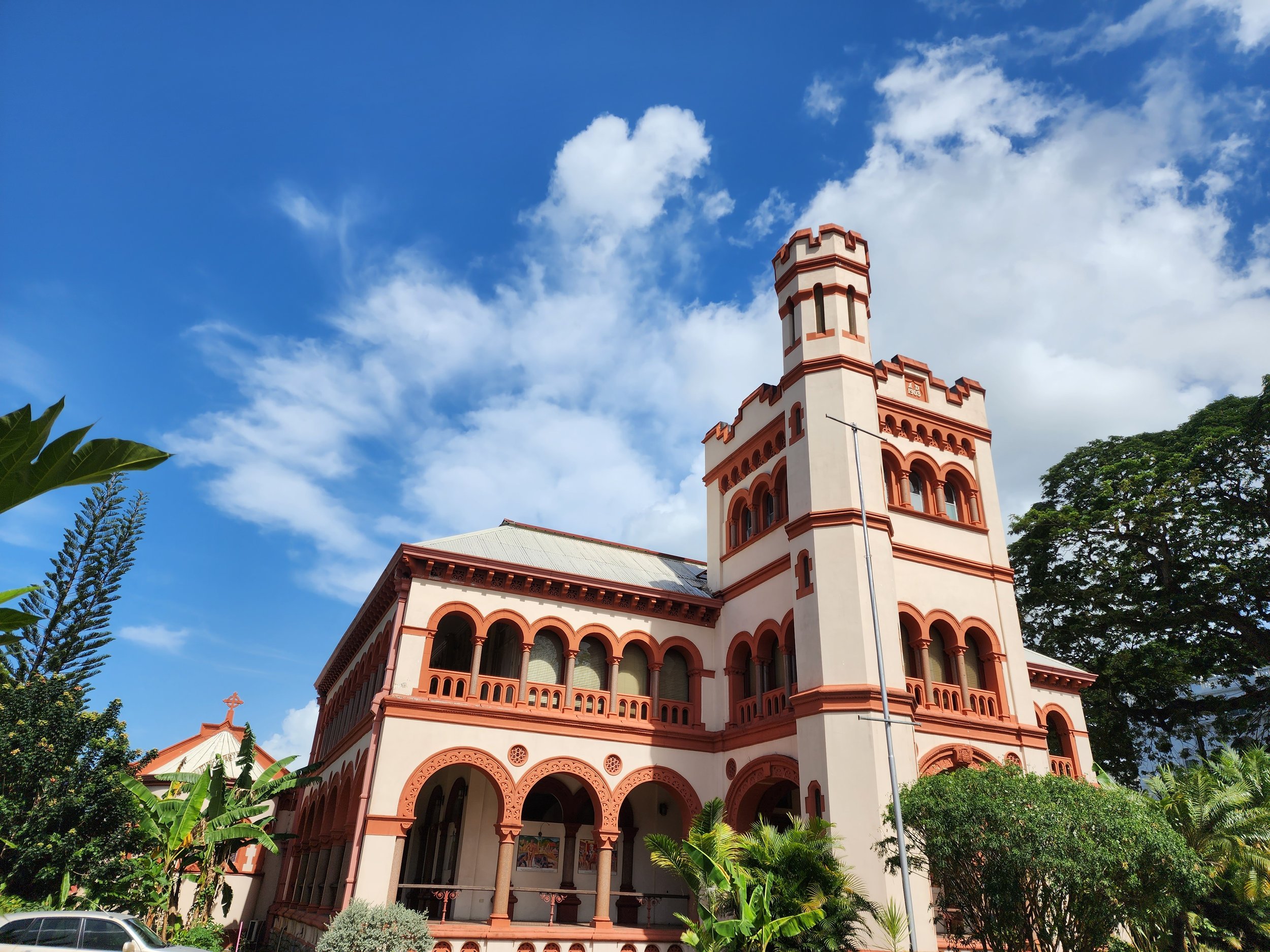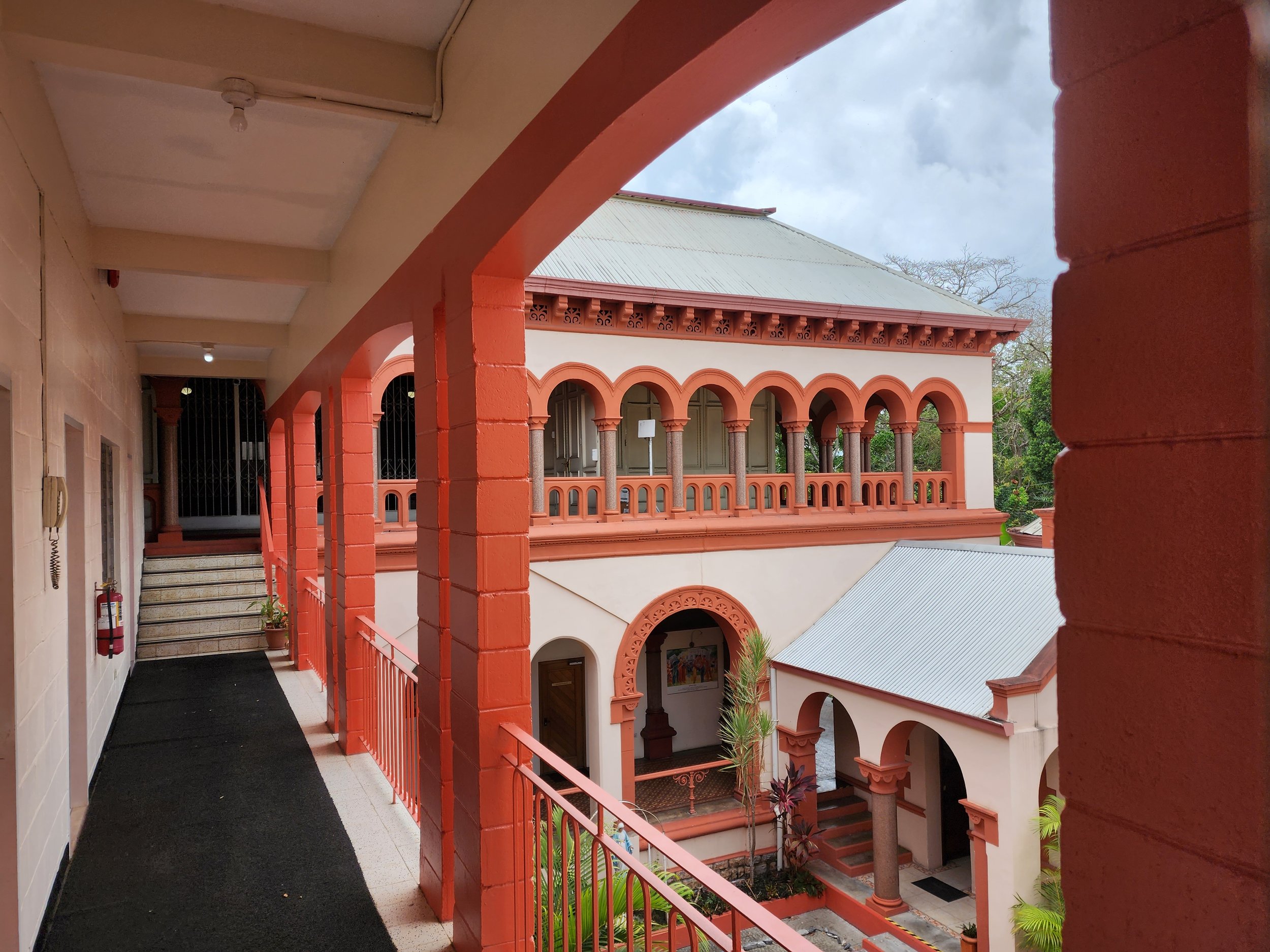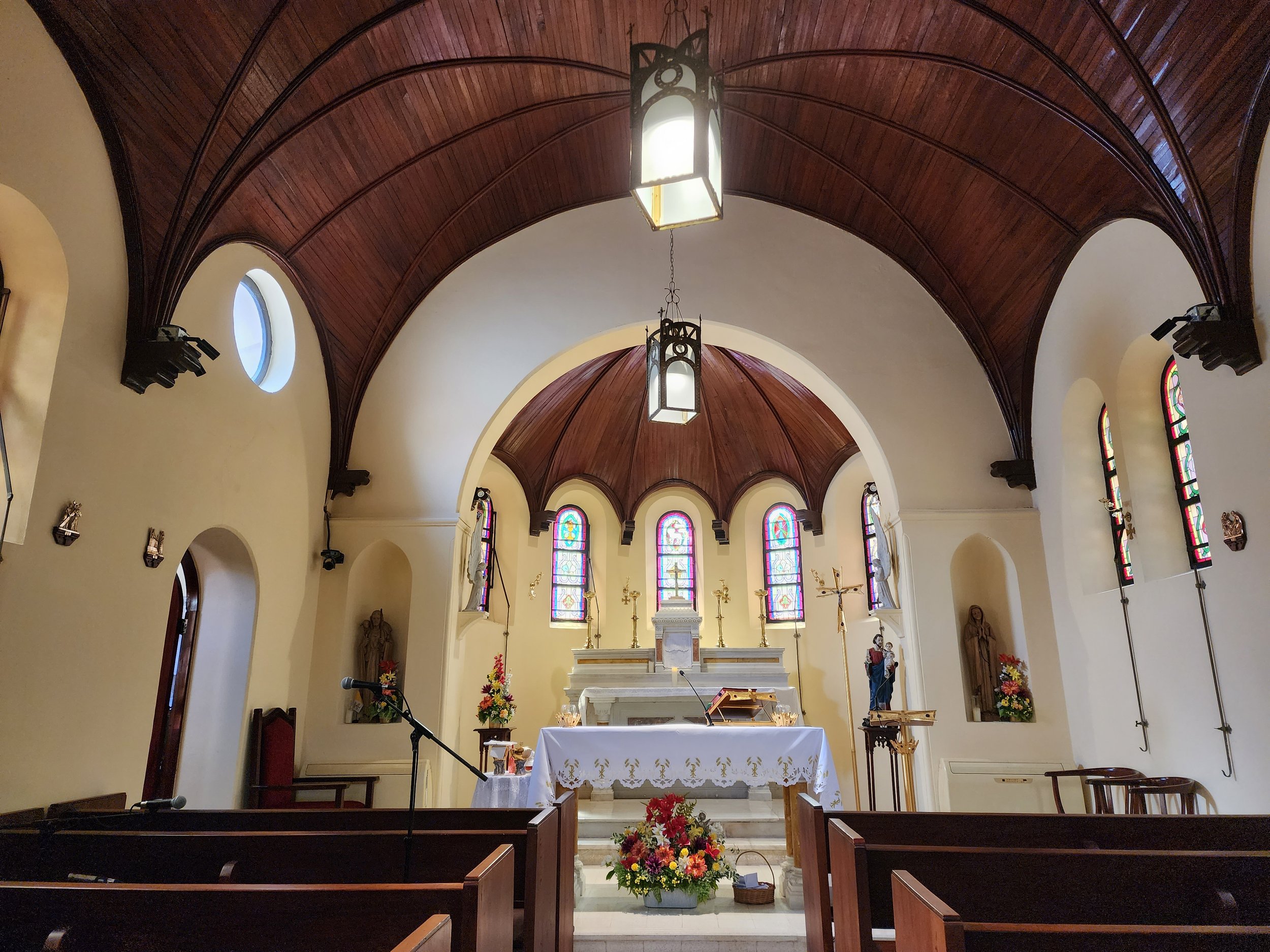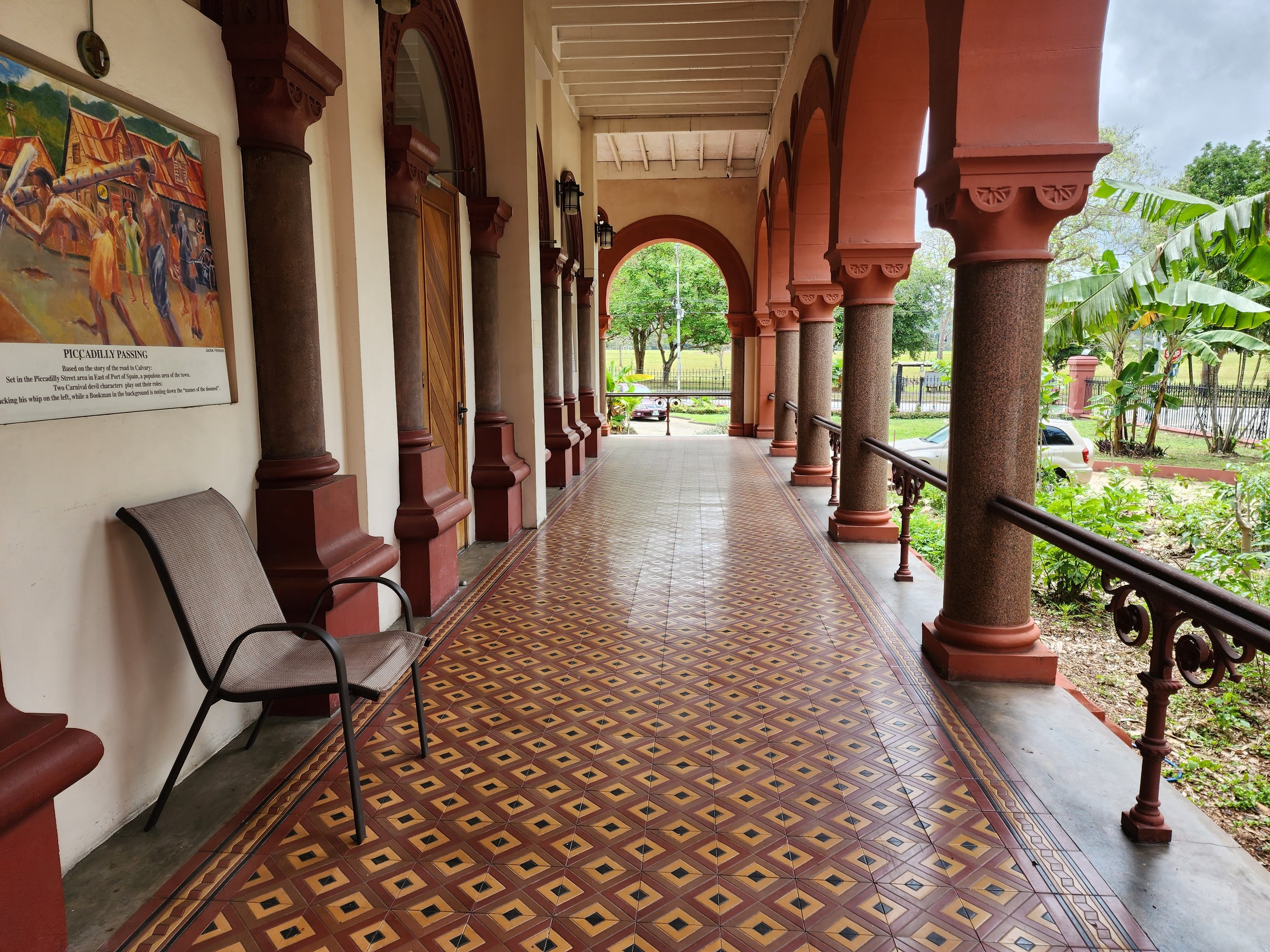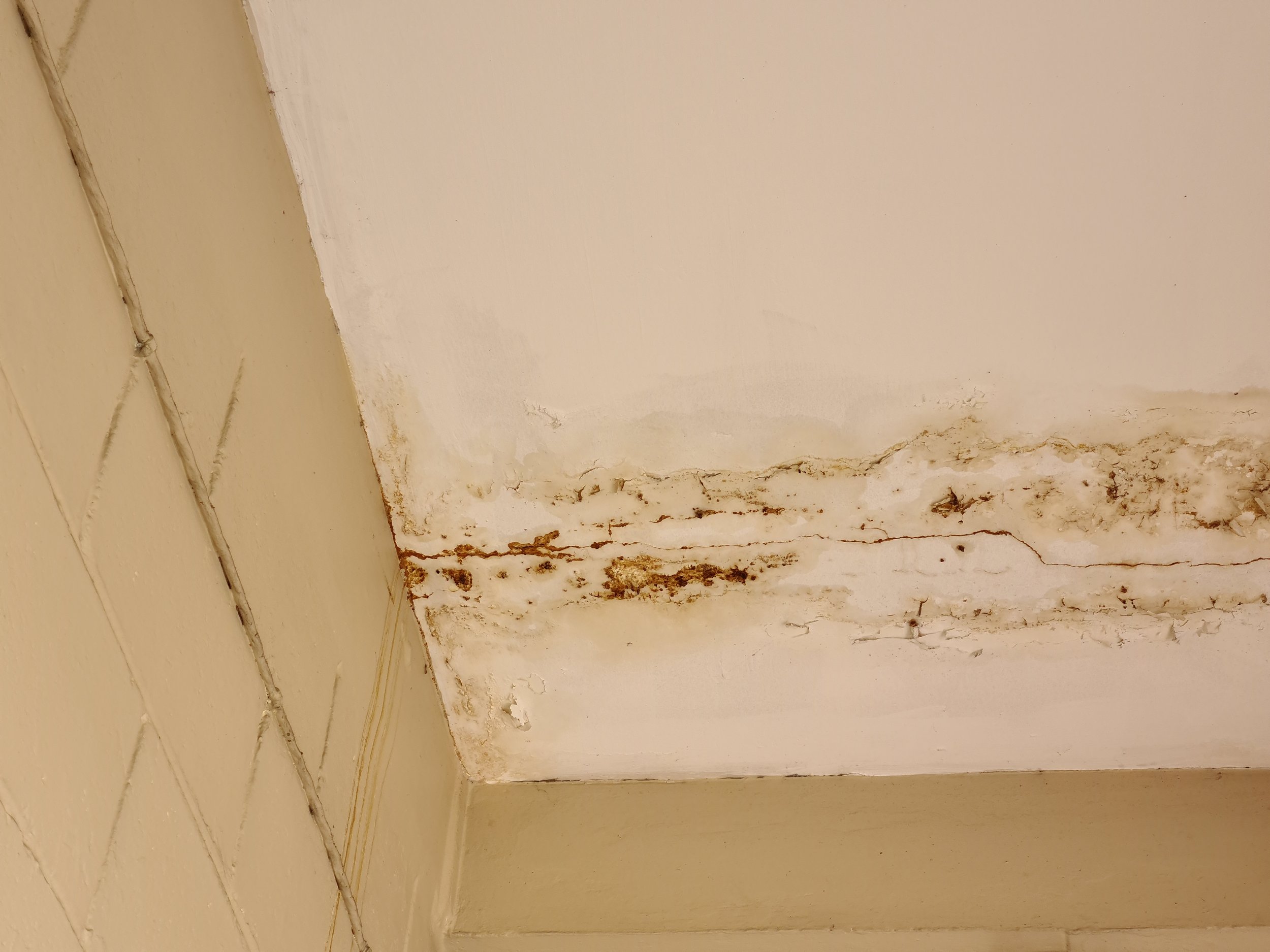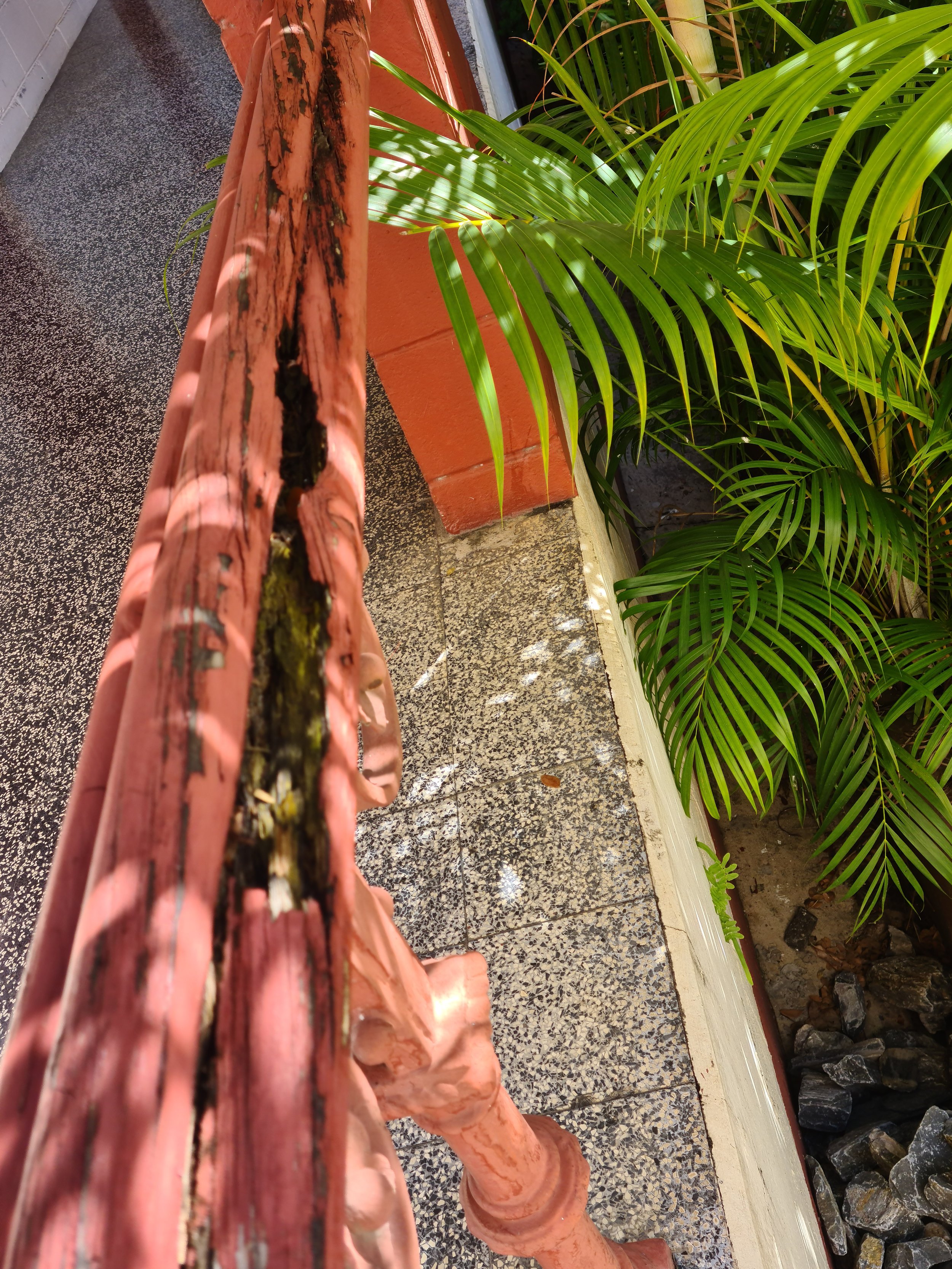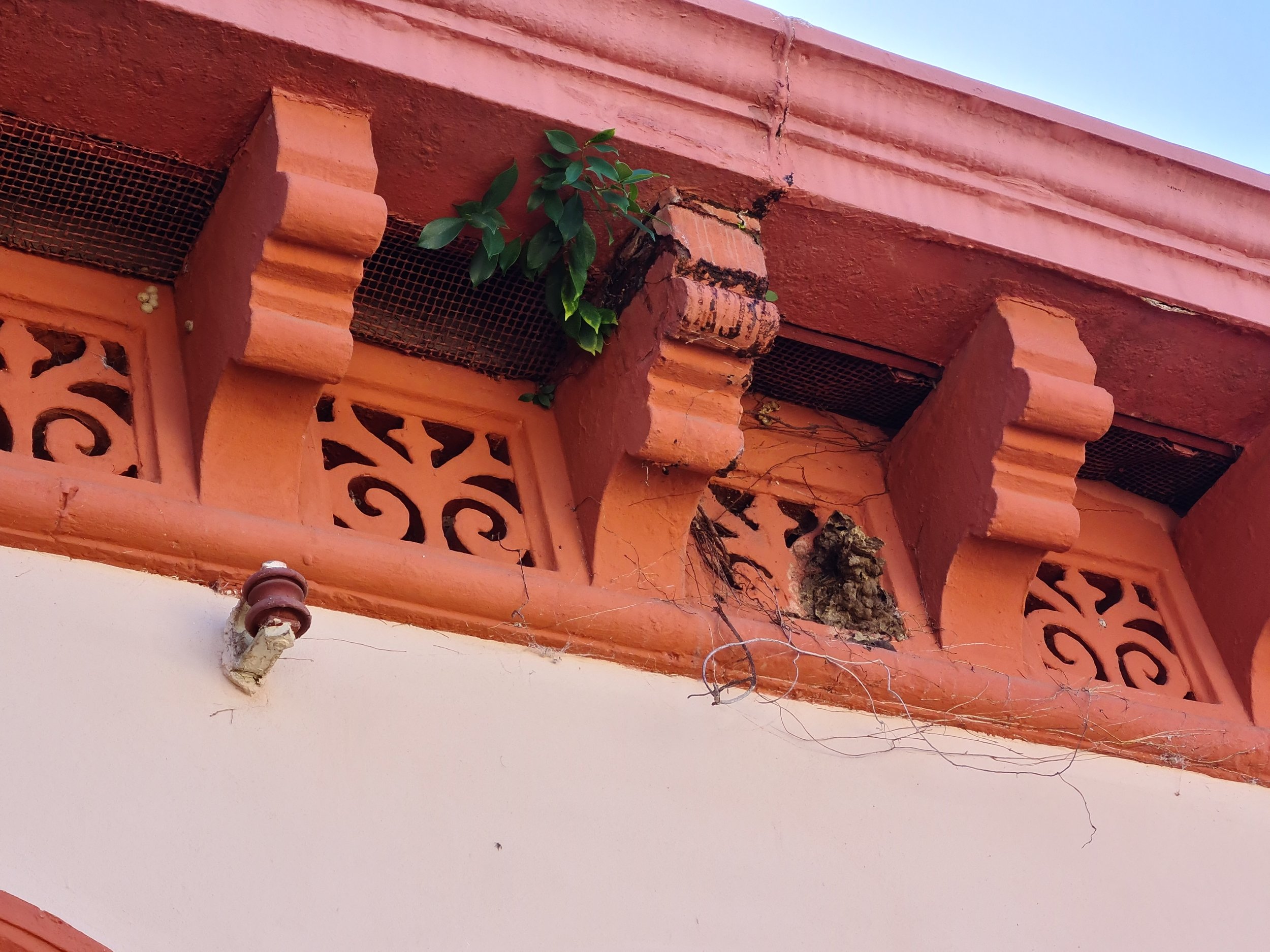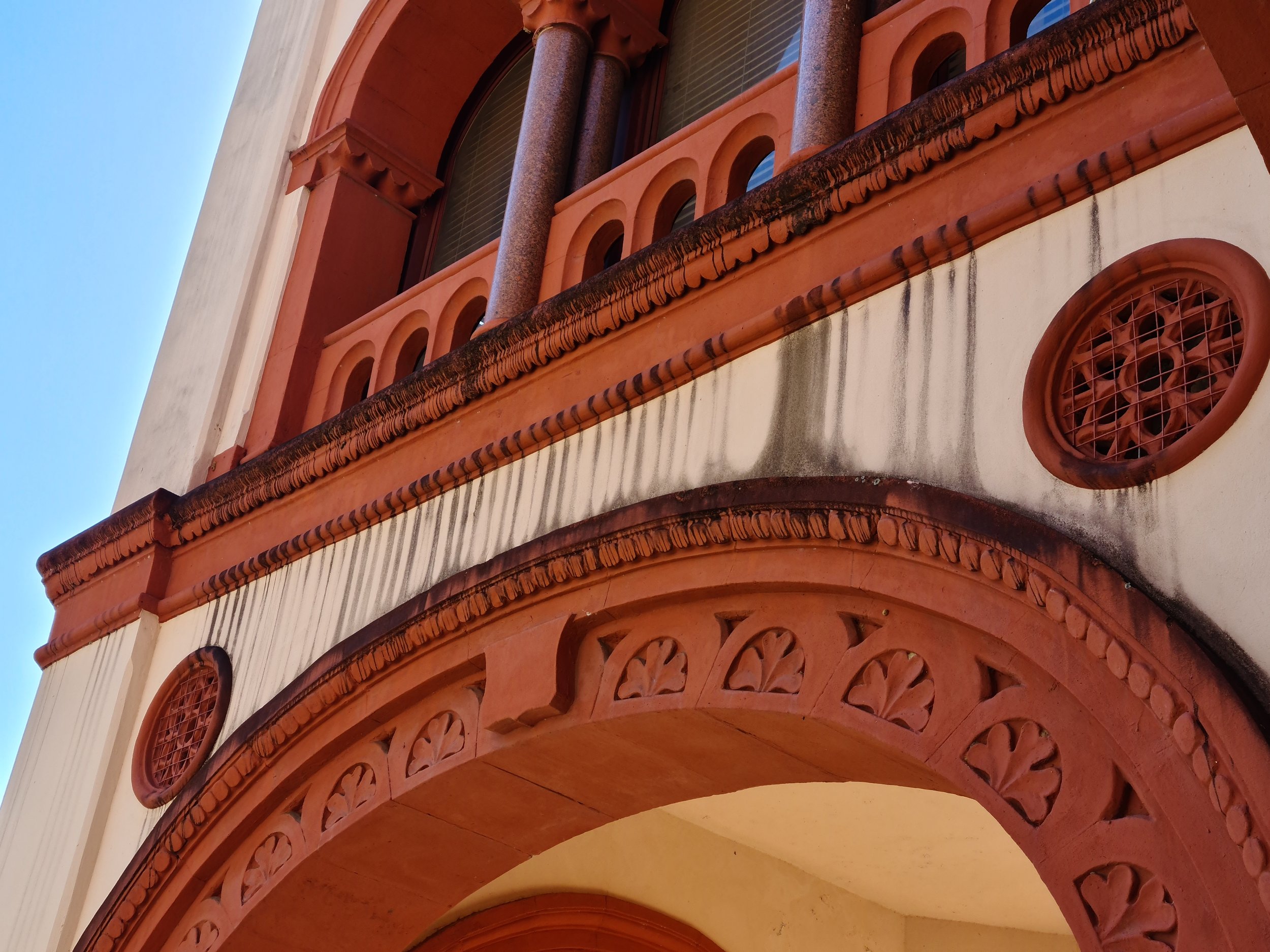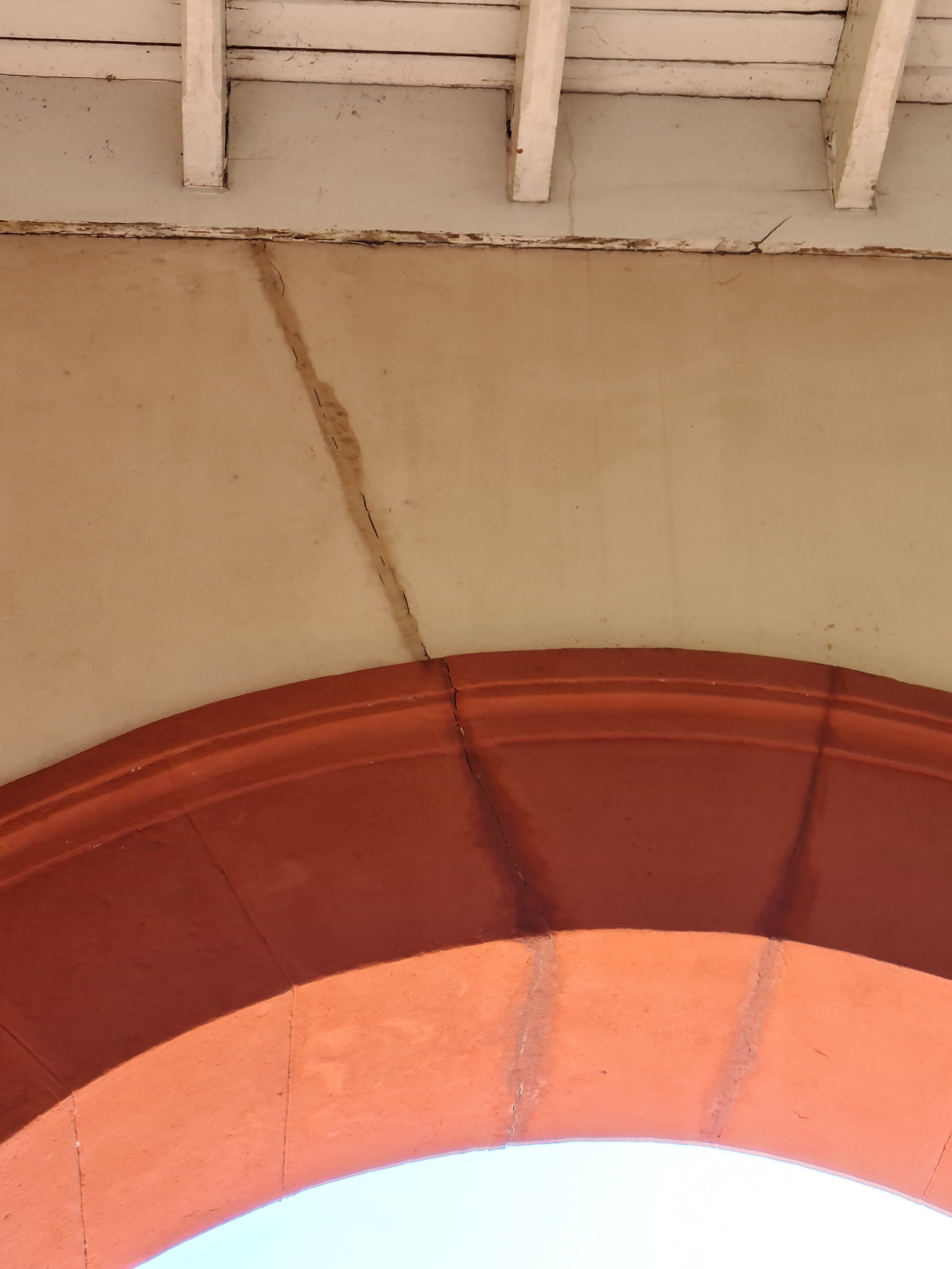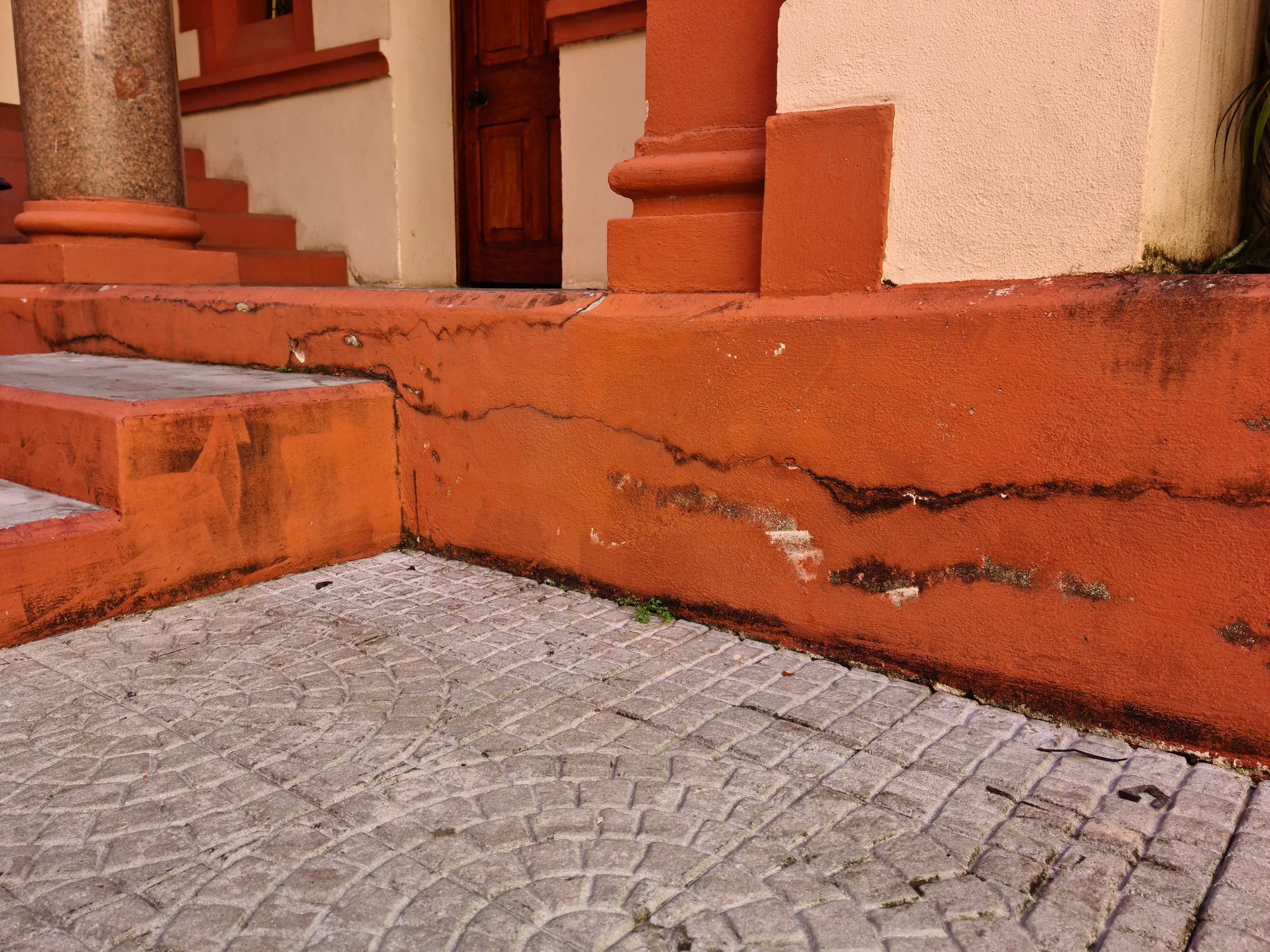Our House, Your House - Archbishop's House
Queen’s Park West boasts stately buildings known as the Magnificent Seven. Among these stands the distinctive of all buildings around the Savannah: the 1904, George Brown designed Archbishop’s House. It is considered a national heritage monument.
The impression you get when you see Archbishop’s House is that it is a structure of strength and serenity, exuding a solemn dignity that carries with it the historical importance of what it represents. Similar to the feeling one gets when looking at a bank or government building, Archbishop’s House is more than just a building. From the laying of the very first stone, Archbishop’s House was built with a promise and a mission: a mission to create a strong culture of harmony and unity among the people of Trinidad and Tobago, and cultivate the moral and spiritual potential of every human being.
Archbishop’s House, along with the rest of the Magnificent Seven, is recognized internationally as one of the Monuments of the Greater Caribbean, a designation bestowed by the Caribbean Council of Monuments and Sites. But Archbishop’s House stands alone both because of the design itself and because of the emotional attachment that Catholics have towards the building. It is the home of the Roman Catholic Archbishop of Port of Spain. It is, along with the Cathedral of the Immaculate Conception, considered an integral part of our Catholic heritage.
Most importantly, something that needs to be remembered is that these buildings represent an era when the cocoa industry was king, and people were building large houses. It was Trinidadians who built these grand houses, even though the designs and some of these styles came from abroad, and may have come from foreign architects, but we built them. A deep appreciation of the historical significance is that our forefathers were the ones who mixed the mortar and hauled the bricks and stone from Laventille, wherever they came from, it is our people who built this House. In essence there is a Caribbean personality represented because there are components of various parts of our culture – marble floors and encaustic tiles and wooden columns, etc.
It was Archbishop Pantin who opened the House and made it the People’s House. On weekends he would feed 150 persons on the grounds and held regular prayer meetings. Also on the grounds, there were regular recitations of the rosary – a practice that continues today. Also, of note this is where the Living Water Community started and continues to be a cornerstone in the national community, by providing for those in need to this day.
With the introduction of the scenes on the front yard at Archbishop’s House, that is, the creche and the Lenten/Easter/Pentecost, we bring the House back to the people; inviting those who pass by to stop, reflect and simply enjoy the messages of hope these scenes depict.
Maintenance is a very important part of keeping any old building healthy. Care must be given to these old buildings. Just because it’s a grand looking building does not mean that it does not need the same care and attention as your home.
The building houses the Offices of the Chancery downstairs; the Archbishop lives upstairs. This is his home. As with all homes our Archbishop’s residence needs refurbishment. Climate change and heavy rains are taking its toll on his residence. The floor boards on the veranda are rotting, and, there are other necessary urgent repairs required at this time. We therefore appeal to you to assist us in making Our House, Your House, Archbishop’s House.
Please give generously ♥


